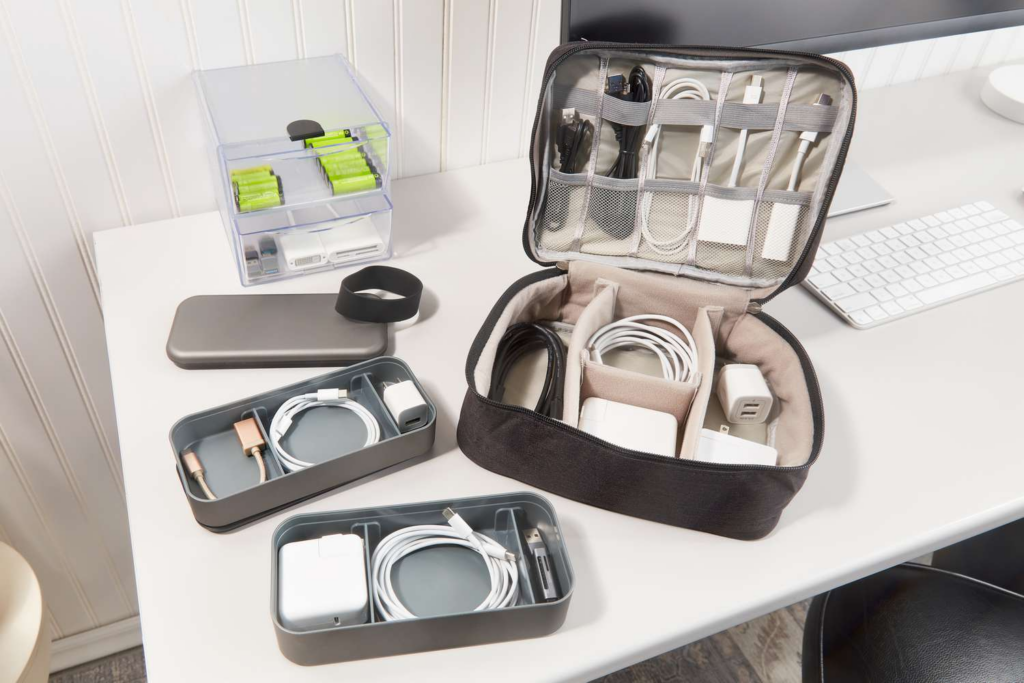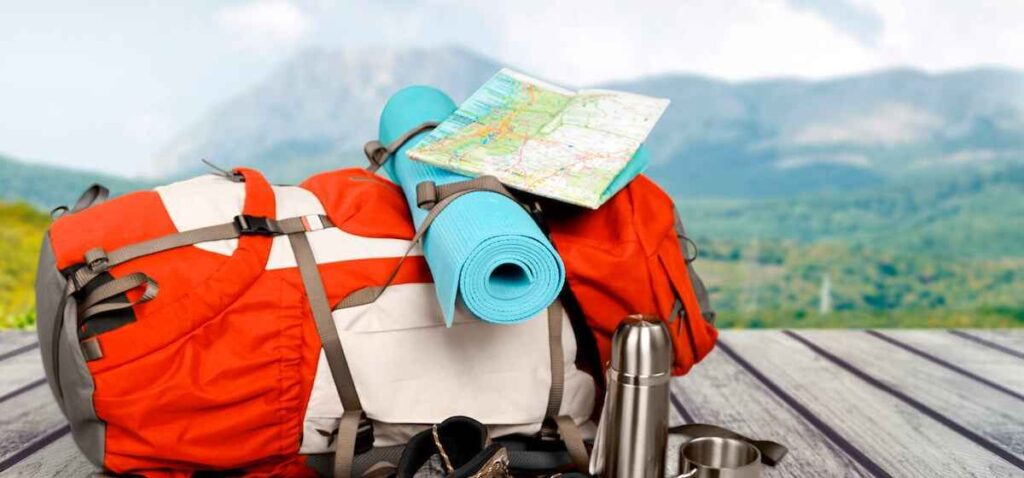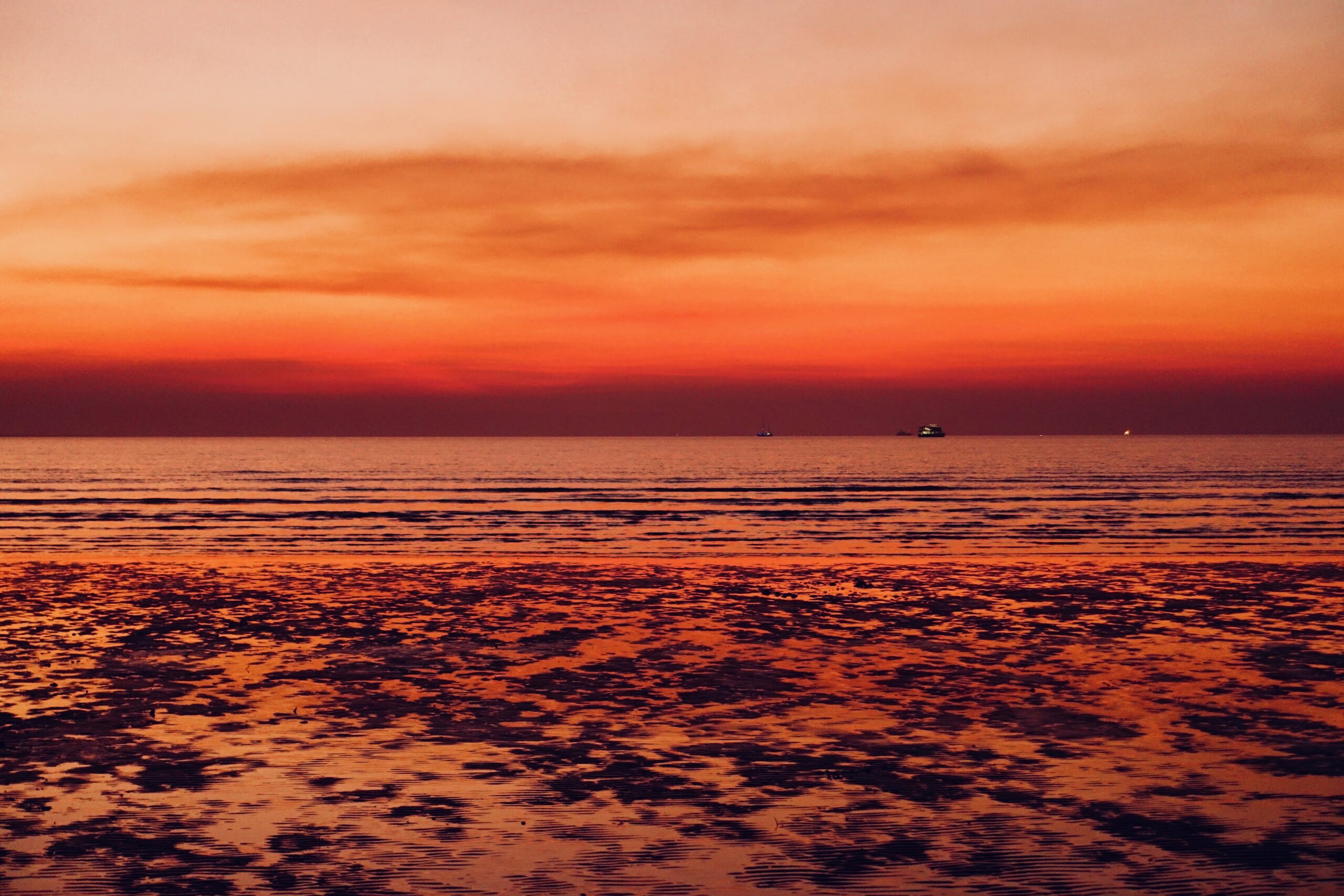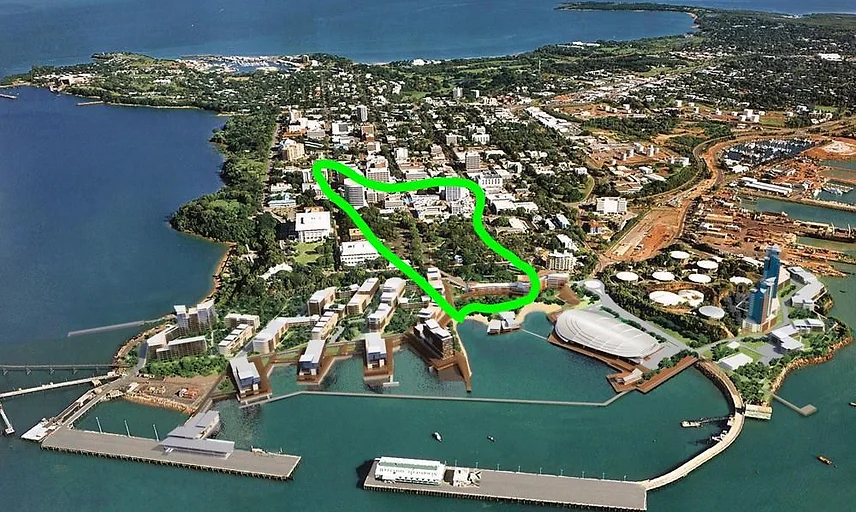Heading down under? Australia's got it all—from the sun-kissed beaches of the Gold Coast to the rugged outback. But with such a diverse landscape comes the big question: "What do I pack?".
Our team has compiled the ultimate packing list, ensuring you’re ready for every adventure, come rain, sunshine, or cool Outback nights.
Tips for Packing:
- Pack Light: You’ll be more mobile and have less to keep track of.
- Use Packing Cubes: They help organise and compress your clothing.
- Check the Weather: Australia’s and New Zealand's seasons are opposite to those in the Northern Hemisphere, and the climate varies widely across the continent.
- Be Prepared for Everything: From snorkelling in the Great Barrier Reef to hiking in the Blue Mountains, Australia offers a wide range of activities.
Essential Gear

An outdoor adventure requires not just spirit and enthusiasm but also the right gear to ensure your journey is as enjoyable as it is memorable. Whether you’re setting up camp under the stars in the outback, hiking through forests, or preparing for a multi-day trek, having the essential gear can make all the difference.
Here’s a rundown of the must-have items that should be on every adventurer's checklist.
The backpack
Your backpack is essentially your home on the go. Opt for a comfortable, durable pack ranging between 50-70 litres. This size is perfect for those multi-day treks, offering ample space without compromising on comfort. Look for one with good support—a quality frame and adjustable straps can save you from a world of discomfort.
Sleeping bag
Are you the camping type? If so don't forget your sleeping bag!
After a day of adventure, a good night's sleep is priceless. A lightweight sleeping bag that's suitable for the season you’re travelling in is a must. For those chillier nights or for an added layer of hygiene, consider slipping into a sleeping bag liner.
Tent
If your adventure involves camping, a compact and lightweight tent is your best friend. Today’s tents are designed to be both feather-light and surprisingly spacious, ensuring you get the rest you need without having to lug around excess weight.
Sleeping pad
A sleeping pad might seem like a luxury—until you spend a night without one. Not only does it add an extra layer of comfort, separating you from the cold, hard ground, but it also provides insulation, keeping you warmer as you sleep.
Headlamp or flashlight
Whether navigating your way back to camp after sunset or searching for something in your tent, a reliable source of light is indispensable. A headlamp is a hands-free option that’s perfect for night-time hikes or setting up camp in the dark. Don’t forget to pack extra batteries!
Versatile daypack
For those days when you’re exploring close to your base camp or heading out on short excursions, a daypack is essential. It’s perfect for carrying water, snacks, a first-aid kit, and any other essentials you might need for a day of adventure.
Clothing

Lightweight Clothing: Think breezy! When the sun’s blazing, you’ll want to live in airy t-shirts, shorts, and anything made of breathable fabrics. It’s all about staying cool when Australia turns up the heat but cover yourself up or use a lot of suncream cause the sun can be burning.
Warm Layers: The Outback does chill down once the sun dips and during winter most of Southern Australia gets chilly temperatures, so pack a fleece or a lightweight down jacket. They’re perfect for those cooler evenings or when you’re exploring the cooler regions down south.
Rain Gear: Don’t let a little rain dampen your adventure! A lightweight, waterproof jacket or poncho will keep you dry and on the go, no matter those sudden tropical downpours. If you have some extra space left in your bag you can also throw in an umbrella, but a poncho is the real backpacker vibe.
Swimwear: Have you been to Australia if you have not dipped into its Beaches, Rivers or the Great Barrier Reef? Your swimwear will be your best companion, from snorkelling adventures to lazy beach days to city man-made beaches!
Hiking Shoes/Comfortable Trainers: Australia’s landscapes are begging to be explored on foot. Durable and comfy hiking shoes or trainers are your best bet for those long walks or hikes in the bush.
Flip-Flops (or thongs as they call them here): Essential for beach visits, communal showers, or just lounging. You will feel like a real local with your thongs on!
Hats and Sunglasses: The Aussie sun is no joke. Protect yourself from those harsh UV rays with a good hat and sunglasses. It’s a stylish way to stay safe under the sun.
Socks and Underwear: Quick-drying materials are your best friend, especially if you’re on the move. They’re easy to wash and dry overnight, so you’re always ready for the next day's adventure.
Gadgets and Electronics

- Phone and Charger: Consider a waterproof and shockproof case.
- Universal Adapter: Australia uses Type I plugs.
- Power Bank: For charging devices on the go.
- Camera or Action Camera: To capture your adventures (don’t forget the charger and extra memory cards). Totally optional but we highly recommend it for some great shots for your Social media pages!
Health and Hygiene

- First Aid Kit: Include band-aids, antiseptic wipes, and any personal medications.
- Sunscreen and Lip Balm: High SPF to protect against the strong Australian sun.
- Insect Repellent: Especially important in tropical areas.
- Hand Sanitizer and Wet Wipes
- Toiletry Kit: Keep it lightweight and TSA-compliant if flying.
- Microfiber Towel: Quick-drying and compact.
Miscellaneous
- Reusable Water Bottle: Stay hydrated and reduce plastic use.
- Travel Insurance Documents
- Copies of Important Documents: Passport, visas, and ID.
- Dry Bags or Ziploc Bags: To keep electronics and important documents safe and dry.
- Notebook and Pen: For jotting down thoughts or directions.
- Travel Guidebook or Map: For exploring off the beaten path.
- Small umbrella/poncho
- Insulated water bottle: to always have a cold or hot drink.
Remember, the key to a successful backpacking trip is flexibility and preparedness. Pack smart, plan for various activities, and be ready to embrace the incredible experiences Australia has to offer!
Some personal tips from our team

- Buy your sunscreen here, don’t bring it from home! The UV rates can be crazy high in Australia, therefore the formula in the sunscreens can be different to the one that you are using at home.
- If you do get sunburnt, you can buy aloe vera after-sun gel from pharmacies and supermarkets. Bonus tip: put it in the fridge before applying and your skin will thank you!
- If you are feeling dehydrated, pick up some hydralyte from the nearest pharmacy or supermarket. It comes in a range of flavours and goes in your regular water bottle. If you can’t find it, a powerade or gatorade from the servo (gas station) will also do the trick (but isn’t as healthy)
- If you are travelling to Western Australia, a fly net will come in handy! You can buy them when you arrive, or if there is one in your home country, they are so small you won’t even notice they’re in your suitcase!
Have a great time on your trip! Whenever in need of a fun tour check out our top tours on backpackerdeals.com.





